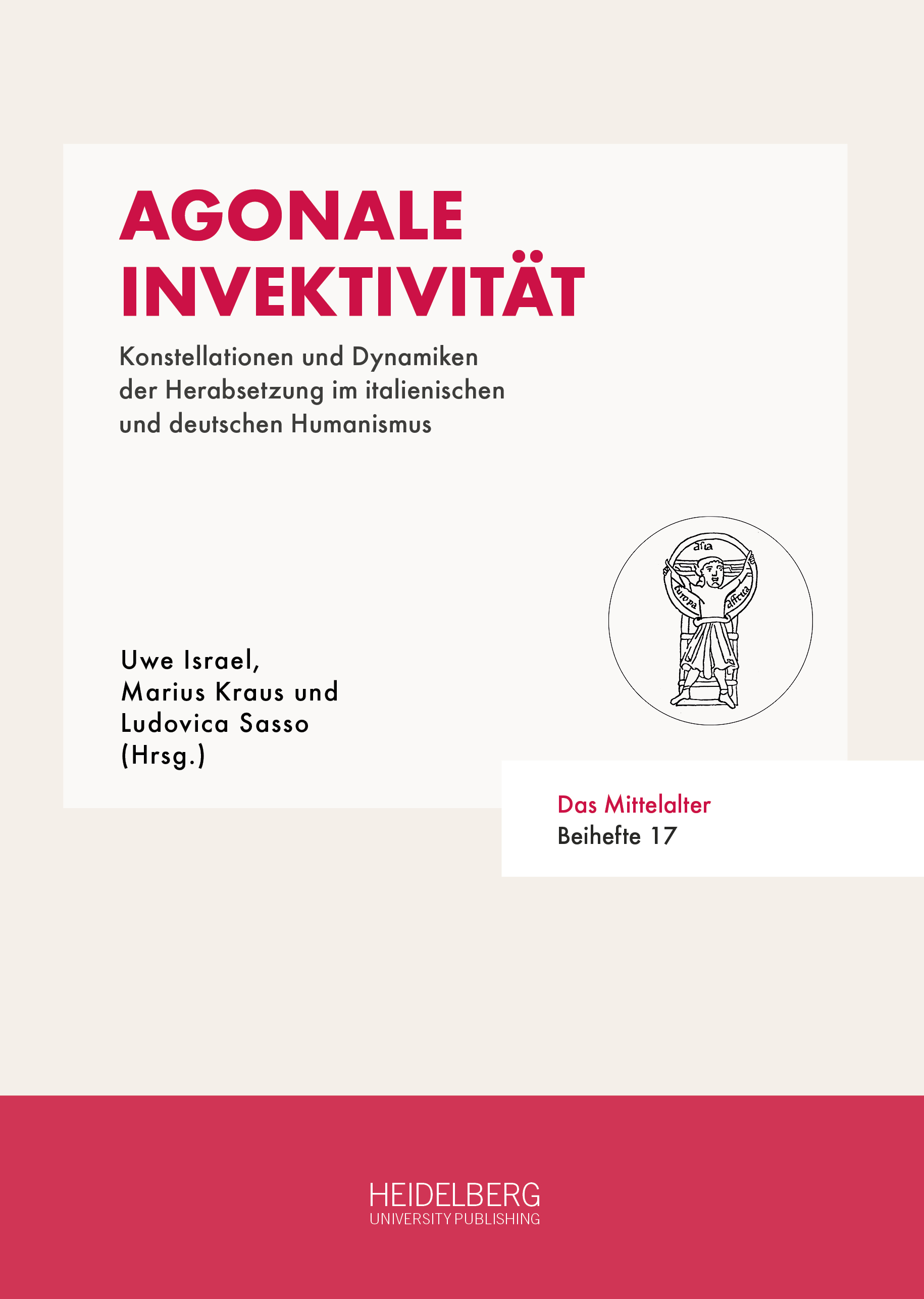How to Cite
License (Chapter)

This work is licensed under a Creative Commons Attribution-NonCommercial-ShareAlike 4.0 International License.
Identifiers (Book)
Published
“Scherzi di donne ignude”
Agostino Carraccis ‚Nymphe, kleiner Satyr und Kind‘ als invektive Bildparodie im künstlerischen Wettstreit mit den michelangiolisti
Abstract In the literature and visual arts of the early modern period, lasciviousness, humanism, invective and social, political as well as artistic criticism coexist. It is therefore not surprising that Agostino Carracci creates a mocking pictorial parody against the admirers of Michelangelo Buonarroti in his pornographic copperplate engraving ‘Nymph, Little Satyr and Child’. In this way, Agostino enters into artistic competition with the michelangiolisti to dismissively disparage the basic norms of their art as well as the art theory of Giorgio Vasari. The Bolognese used image parody as an invective communication strategy to create consensus, to form and exclude groups, and to expose and discredit opponents. The copperplate engraving is therefore associated with Agostino’s prominent positioning within the Italian art scene at the historical moment when the Carracci’s imposed their painting reform in an open, sharp conflict with the principles and representatives of Mannerism.






